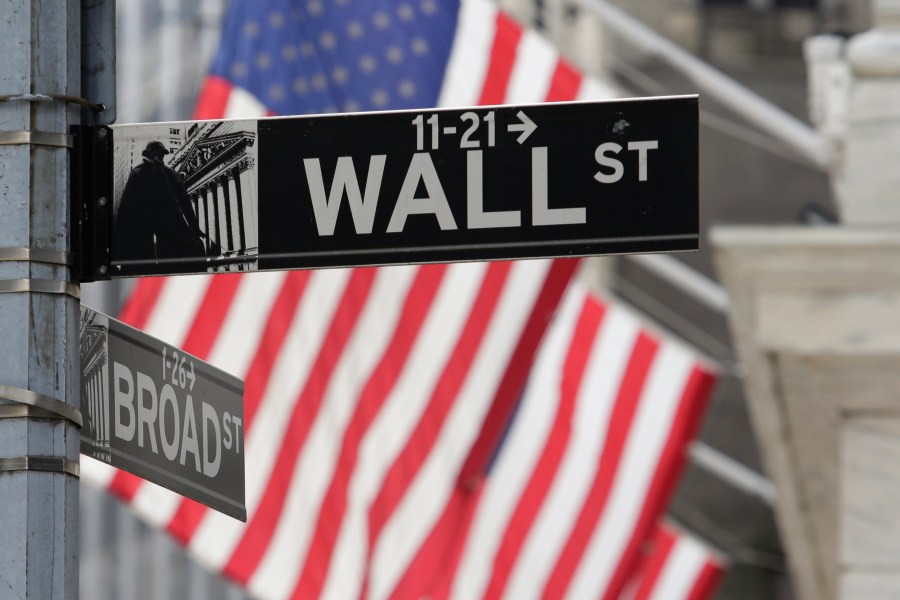
A tale of two economies: 2024 financial year in review
(NewsNation) — As Americans look ahead to the new year, 2024 provided a not-so-gentle reminder about the widening financial gap between the haves and the have-nots.
Despite projections that the year could finally bring economic relief to the middle class, many Americans struggled to make ends meet financially. When the stock market opened the year in record territory, economists projected cautious optimism that things could finally turn around for those living paycheck to paycheck.
Many experts believed the year could see inflation reach manageable levels where interest rates could drop. Indicators ranging from consumer spending to increased wages suggested the tide could begin to turn favorably. However, as Wall Street and Washington relied on data such as unemployment rates that remained under 4% and a series of glowing jobs reports, many Americans didn’t experience such positivity.
Americans on each side of the financial fence shared an existence in what turned out to be a tale of two different economies. Those who invested in Wall Street saw positive gains while those who worked multiple jobs to pay their rent or mortgage continued to experience economic difficulties.
The economy became a main issue in the 2024 election. While Vice President Kamala Harris ran on a platform of reaching the middle class, her Republican opponent, President-elect Donald Trump continued to hammer home the rising cost of groceries as many Americans felt a disconnect from what was perceived to be a fair living wage.
To accommodate, people found themselves relying on the gig economy, hoping that working more jobs would lead to more financial stability.
“People are working, but they’re not working at the best quality jobs — the ones that are family-sustaining,” Ramona Schindelheim from Workingnation.com told NewsNation.
Even slowing inflation meant that food costs were often higher than many could afford. Experts said that while prices may have stabilized from where they were months prior, that didn’t mean they were affordable for all.
In September, inflation reached a three-year low, the Federal Reserve made its first cuts to interest rates. Jerome Powell, the Federal Reserve declared that the American economy “was in a good place”, signaling that better days could be ahead.
Despite that, however, the average 30-year interest rate on a mortgage only dipped briefly to 6.2% before ticking back up to 6.6% a short time later.
Americans, however, continued to indulge. Officials announced that the nation collectively amassed $1.7 trillion in credit card debt with consumers paying nearly 36% on credit card interest. Despite that, Americans devoted money to food-delivery services, which was expected to spend $95 million this year.
Heading into the holidays, economists said that spending remained high as shoppers spared no expense when it came to doling out money for Christmas gifts for their friends and loved ones.



